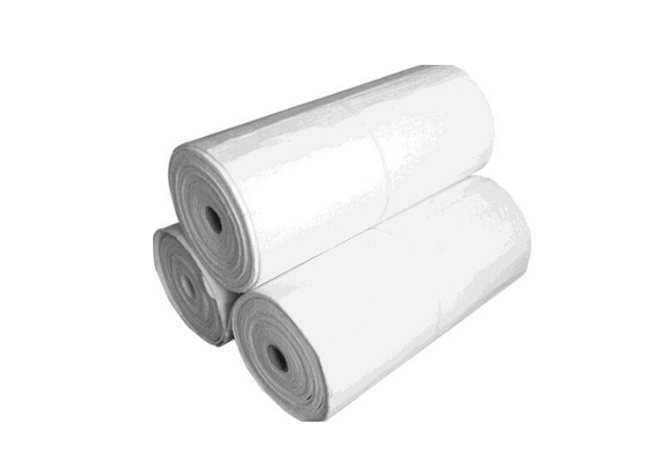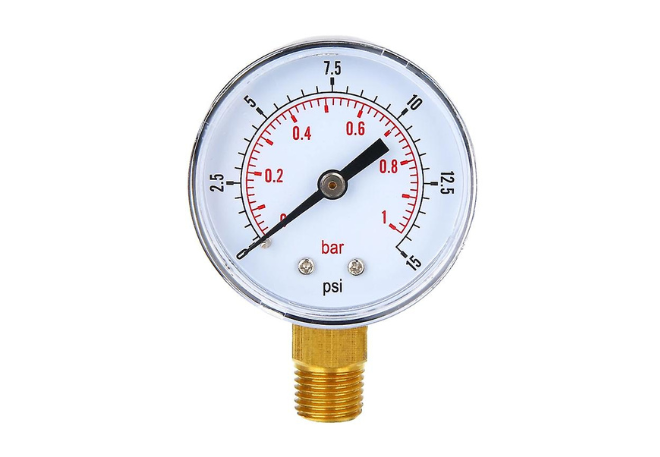Thermal Insulation 101: A Guide to Staying Warm & Energy-Efficient
When winter's chill grips our homes, and the energy bills begin to surge, many homeowners start searching for effective ways to keep their living spaces warm without breaking the bank. Enter the solution: thermal insulation. Understanding the basics of thermal insulation can help you keep your home comfortable and energy-efficient throughout the colder months and even during the heat of summer. Here's a simple guide to get you started.
Understanding Thermal Insulation
What is Thermal Insulation?
At its core, thermal insulation is a material or combination of materials designed to reduce the flow of heat. When used effectively, it can reduce the amount of heat entering a home during summer and decrease the amount of heat leaving a home during winter.How Does it Work?
Thermal insulation works on the principle of trapped air. Many insulating materials contain pockets of air, which is a poor conductor of heat. This trapped air slows down the transfer of heat, ensuring your home remains at a more consistent temperature.The Benefits of Thermal Insulation
- Energy
Efficiency: With proper insulation, your heating and cooling systems
won't need to work as hard. This results in reduced energy consumption and
lower bills.
- Comfort:
Insulation helps maintain a consistent temperature throughout your home,
eliminating cold drafts in the winter and stifling heat in the summer.
- Environmental
Impact: Reduced energy consumption means fewer greenhouse gas
emissions. By insulating your home, you're also playing a part in
combating climate change.
- Noise
Reduction: Some insulation materials can also dampen sound, providing
a quieter living environment.
Types of Thermal Insulation
- Batt
and Roll Insulation: Typically made of fiberglass, this is one of the
most common types of insulation. It comes in pre-cut panels that fit
between wall studs or floor joists.
- Loose-fill
Insulation: Made from small particles of foam, fiber, or other
materials, it's ideal for irregularly shaped areas or for filling around
obstructions.
- Rigid
Foam Insulation: Available in boards or panels, this type of
insulation can be used for nearly any part of the home, from the roof to
the foundation.
- Foam-in-Place
Insulation: Usually made of polyurethane, this insulation is sprayed
into place, where it expands and hardens.
Key Considerations for Effective Insulation
R-Value
This refers to the insulation's resistance
to heat flow. A higher R-value indicates more effective insulation. When
choosing insulation, consider the recommended R-values for your specific
climate and part of the home.
Proper Installation
Even the best insulation can
underperform if it's not installed correctly. It's crucial to ensure no gaps or
spaces are left uninsulated. Hiring professionals can be beneficial for certain
types of insulation.
Ventilation
While insulation acts as a barrier to
heat flow, ventilation ensures that moisture doesn't accumulate, which could
lead to mold or structural damage. Always ensure that your home is properly
ventilated, especially in attics and crawl spaces.
Tips for a Warmer, Energy-Efficient Home
- Seal Gaps: Even with the best insulation, heat can escape through gaps around windows, doors, and other openings. Use weather stripping or caulking to seal these potential energy-wasting spots.
- Insulate
Windows: If replacing windows isn't an option, consider using thermal
curtains or plastic film insulation kits to reduce heat loss.
- Upgrade
Older Insulation: If your home is older, its insulation might not be
up to current standards. Consider upgrading or adding insulation to ensure
optimal energy efficiency.
- Regular
Maintenance: Check your insulation periodically for any signs of
damage or wear. Address any issues promptly to ensure maximum performance.
Conclusion
Thermal insulation is an essential aspect of home
maintenance, especially in regions with extreme temperature fluctuations. Not
only does it keep our homes comfortable, but it also plays a pivotal role in
energy conservation, ultimately leading to reduced energy bills and a lower
carbon footprint.
By understanding the basics of insulation, homeowners can
make informed decisions, ensuring that their homes remain warm sanctuaries
during the chilly winter months and cool retreats during the sizzling summer.
In the end, it's about creating a balance between comfort and sustainability,
and thermal insulation offers the perfect solution.




Comments
Post a Comment